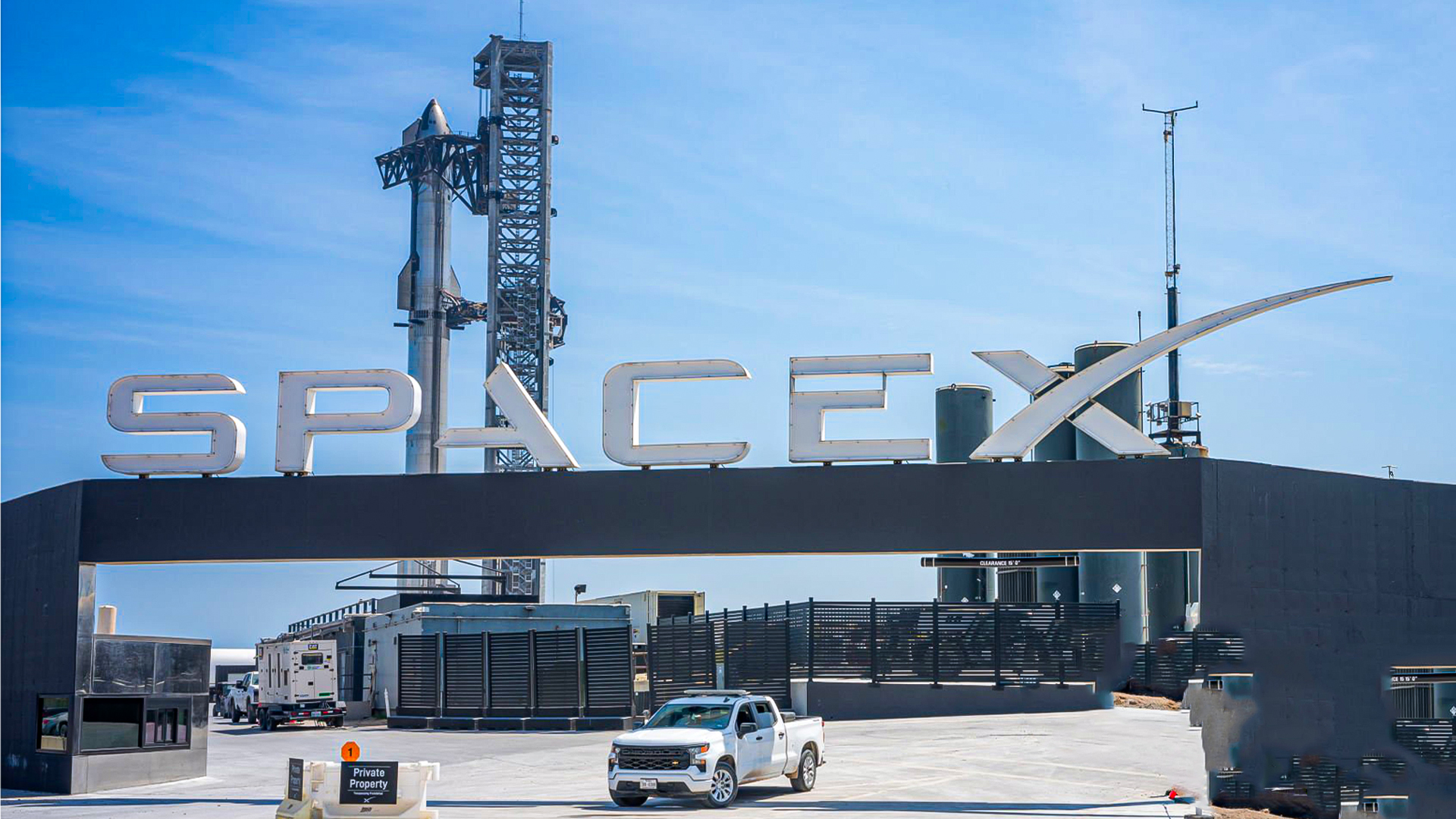Starship Flight 7 is set to launch from SpaceX’s Starbase in South Texas on January 13, 2025, at 5:00 p.m. EST (2200 GMT). The mission marks the seventh test flight of SpaceX’s Starship megarocket, a fully reusable spacecraft designed to carry humans and cargo to destinations as distant as Mars. At the heart of this mission is the integration of reusability and innovation—a cornerstone of SpaceX’s strategy to reduce the costs of space exploration dramatically.
Standing 165 feet (50 meters) tall, the upper stage of the rocket, known simply as “Ship,” is a marvel of modern engineering. It is paired with the “Super Heavy” first-stage booster, which is equally impressive in its scale and capabilities. Both components are designed to be fully reusable, a feature that could revolutionize space travel by enabling more frequent and cost-effective launches.
On the morning of January 9, 2025, SpaceX rolled out Starship’s upper stage to the launch pad at Starbase. This significant milestone was shared with the world through Elon Musk’s post on X (formerly Twitter), accompanied by four striking images of the predawn move. The rollout not only signaled the nearing of Flight 7 but also underscored SpaceX’s commitment to transparency and public engagement.
One of the mission’s most anticipated aspects is the demonstration of a key reuse strategy. The Super Heavy booster is expected to return to the launch tower at Starbase, where it will be caught mid-air by “chopstick” arms—an innovative mechanism designed to save time and resources compared to traditional landings. While SpaceX successfully executed this maneuver during Flight 5 in October 2024, a subsequent attempt in November during Flight 6 was thwarted by a communication issue. Flight 7 provides another opportunity to refine this groundbreaking technology.
In addition to testing the booster’s recovery, Flight 7 will see the upper stage, Ship, perform a controlled splashdown in the Indian Ocean about an hour after liftoff. This maneuver has been a consistent feature of recent test flights, ensuring the safety and reliability of the vehicle during reentry. However, Flight 7 introduces a novel element: the deployment of 10 mock satellites.
These inactive satellites, modeled after SpaceX’s Starlink broadband craft, will follow Ship’s suborbital trajectory before splashing down in the Indian Ocean. While the satellites themselves are not operational, their deployment serves as a critical test of Starship’s payload delivery capabilities. Such tests are essential for validating the spacecraft’s readiness for future missions involving satellite constellations, cargo transport, and even crewed missions.
The excitement surrounding Starship Flight 7 is amplified by its timing within a particularly eventful week for space exploration. Just a day before this mission, Blue Origin’s New Glenn rocket—a rival to SpaceX’s heavy-lift vehicles—is set to make its debut launch. This event represents a significant moment for the space industry, as competition drives innovation and accelerates advancements in technology.
Adding to the excitement, a SpaceX Falcon 9 rocket is scheduled to launch a pair of private moon landers on January 15, just two days after Starship Flight 7. These missions highlight the increasing role of private companies in space exploration, complementing the efforts of government agencies like NASA and fostering a new era of collaboration and ambition.
The technological achievements embodied in Starship are nothing short of revolutionary. Both stages of the rocket are designed for rapid turnaround and reuse, a feature that sets SpaceX apart in the aerospace industry. The development of the “chopstick” arms for booster recovery exemplifies the company’s innovative approach to engineering challenges, as does the integration of advanced thermal protection systems for Ship’s reentry.
However, such groundbreaking endeavors are not without their challenges. The failed booster catch during Flight 6 underscores the complexity of these operations and the need for rigorous testing and refinement. Similarly, the deployment of mock satellites in Flight 7 will provide valuable data to address any potential issues in payload integration and release mechanisms.
The success of Starship Flight 7 would represent a significant step forward in SpaceX’s ambitious vision of making life multiplanetary. By demonstrating the feasibility of rapid reuse and efficient payload delivery, the mission brings us closer to the day when missions to Mars, the Moon, and beyond become routine. Moreover, the ability to deploy large satellite constellations using Starship could revolutionize global communications, providing high-speed internet access to even the most remote regions of the world.
Beyond its immediate technological and scientific goals, Starship symbolizes humanity’s enduring curiosity and desire to explore the unknown. It serves as a reminder of what can be achieved when innovation, determination, and collaboration converge.
The achievements of SpaceX and its competitors, such as Blue Origin, are reshaping the space industry. The rivalry between these private giants fuels innovation, reduces costs, and expands access to space. At the same time, collaborations with government agencies ensure that these advancements align with broader scientific and societal goals.
The upcoming missions of Starship, New Glenn, and Falcon 9 are a testament to the dynamism of this new space age. They also underscore the importance of sustainable practices in space exploration, as reusability becomes a defining feature of modern aerospace engineering.
